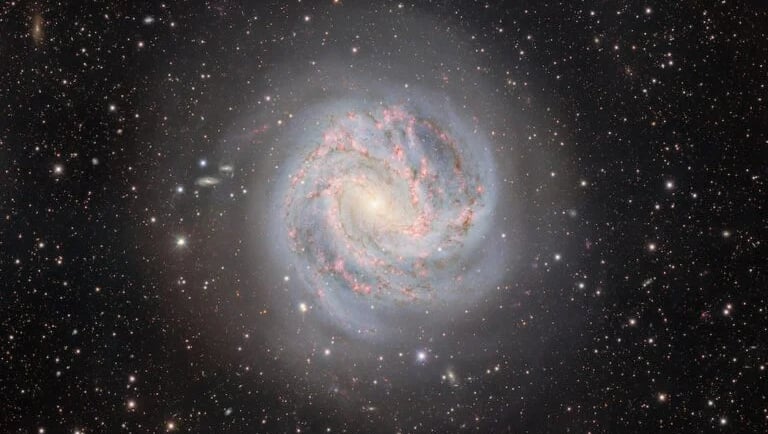Hewett 1: Interlinked With PG 1034+001


Introduction to Hewett 1
The planetary nebula Hewett 1 presents a captivating subject for astronomers and space enthusiasts alike. Situated approximately 500 light-years from Earth, this nebula is notable for its proximity to the celestial equator in the constellation of Sextans. Measuring about 2° across, Hewett 1 is a magnificent representation of the dynamic processes that govern the life cycles of stars.
The Stellar Association
Hewett 1 is intrinsically linked to the white dwarf star PG 1034+001. This association highlights the end stages of stellar evolution, where a star has exhausted its nuclear fuel and transitioned into a more compact form. The transition results in the ejection of the outer layers into space, creating the beautiful and intricate structure observed in planetary nebulae like Hewett 1. The nebula's striking appearance and complex morphology offer valuable insights into the processes that lead to these cosmic formations.
Distance and Significance
With an estimated distance of 500 light-years, Hewett 1 is relatively close in astronomical terms. This proximity allows for improved observational studies, enabling astronomers to gather detailed information about its composition and structure. Understanding the characteristics of Hewett 1 not only contributes to our knowledge of planetary nebulae but also enhances our comprehension of the stellar lifecycle and the fate of stars similar to our Sun.
In summary, the study of Hewett 1 is significant due to its impressive dimensions and its fascinating association with PG 1034+001. As a key player in the narrative of stellar evolution, this planetary nebula exemplifies the beauty and complexity of the universe, captivating the minds of those eager to explore its mysteries.
